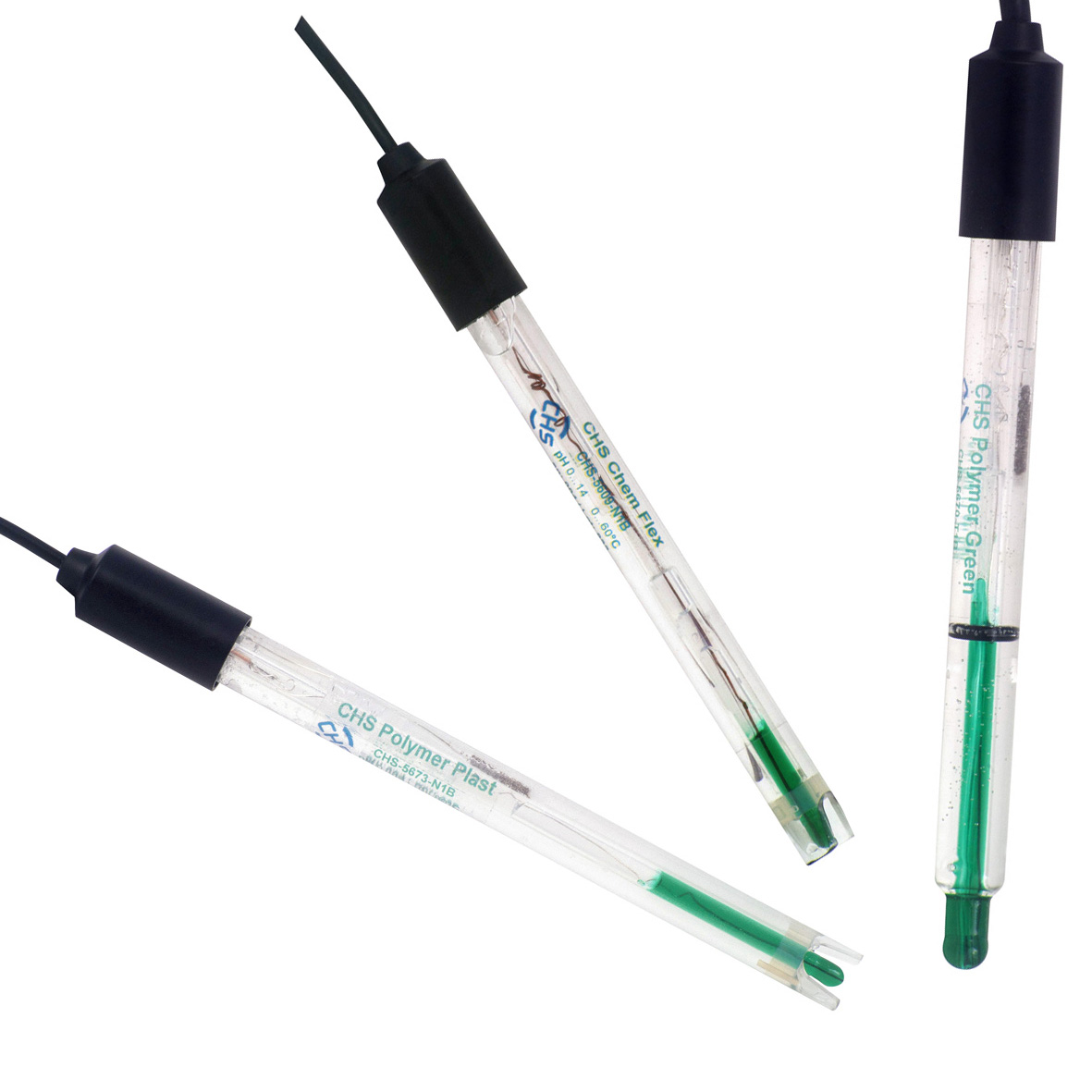
pH measurement
 The pH Measurement
The pH Measurement
The determination of the pH values is based on the principle of the potentiometric measurement - the measurement of electrical voltage. A pH electrode consists of two electrodes (pH glass membrane and reference) that are combined into one device in a combination pH electrode. Between these two electrodes a voltage is measured. The pH membrane of the electrode is made of special glass that is impermeable and electrically isolated. This glass (pH glass) forms a hydrated layer in water and responds selectively to hydrogen ions (H+). Sodium ions (Na+) of the glass are replaced by hydrogen ions (H+), which causes a change in free energy and an electrical potential that the pH meter measures. The amount of Na+ and H+ exchange across the pH glass depends strongly on the pH of the solution. The higher the pH the less hydrogen ions are in the solution, therefore less sodium ions are replaced across the pH glass. The liquid inside the pH glass is a buffer solution with a known and constant hydrogen ion concentration. Depending on the difference in pH between the inner buffer and the measuring solution a galvanic voltage is going to be produced between the inner and the outer layer of the pH glass. This voltage is measured by two Ag/AgCl electrodes. one electrode is located in the inner buffer the other in the reference electrolyte. Most pH electrodes have a nearly linear behavior in the measuring range of pH 0 to 14. Taking advantage of this behavior a pH electrode is calibrated between two different well known pH values, for example pH 4.01 and 7.00. Between those two values a linear extrapolation and also a linear interpolation is conducted.





 0
0
 0
0